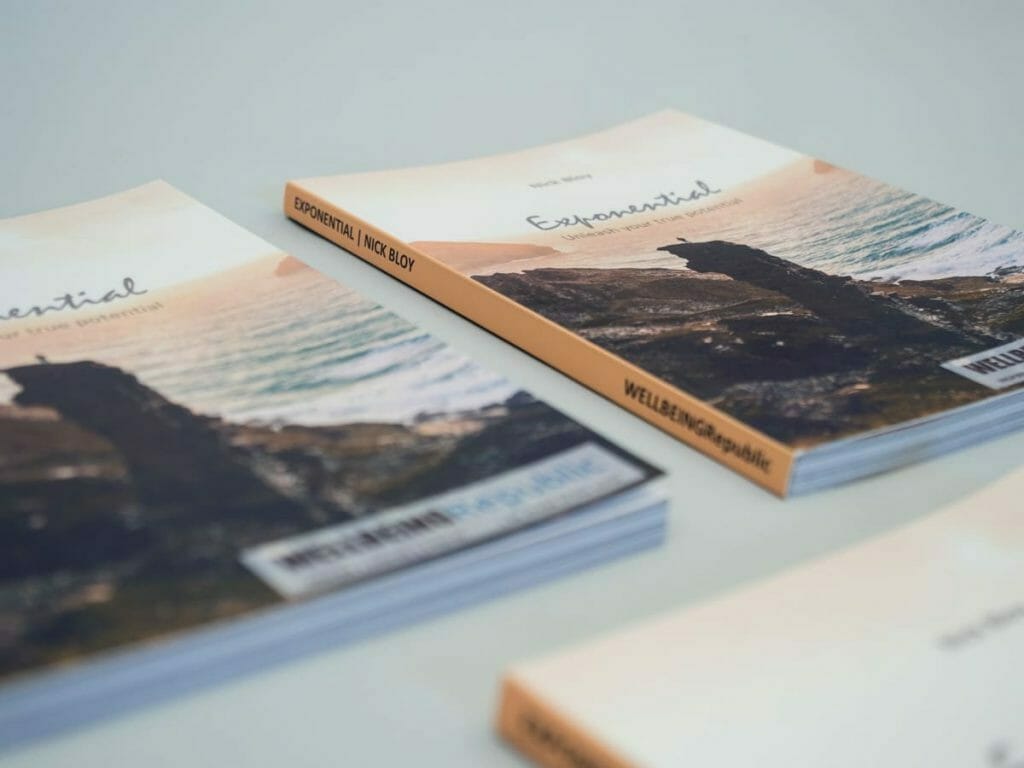Table of Contents
Taking up new pastimes during the coronavirus lockdown has had a few people realise their lost ambitions of writing a book – whether that is fiction, non-fiction, comics, recipes, etc. But when it comes to getting it self-published, there are so many different types of book bindings, size, quality, and the paper.

There are at least a dozen types of book bindings, and there are unique pros and cons to each depending on the purpose of the document. While there are many guides to help with creative writing, we wanted to help with some of the most common binding techniques, complete with the pros and cons of each, so that you can make an informed choice.
4 types of book bindings exlained
1. Case binding
By far one of the best binding options is case binding, also known as hardcover binding. This is how all major books used to be bound.
The inside pages are sewn together in sections, which are then glued to end-papers, which in turn are glued to the spine of the book. When opened, case bound books lay flat on the table.
Pros
- Case bound books are an impressive presentation. They give your book a weighty feel and inspire an air of quality.
- Books bound in this manner are highly durable and attract high retail prices.
Cons
- Cost is the biggest drawback to the technique. The net cost of case binding can be several times the cost of perfect binding.
- Weight can be an issue. Case bound books are generally heavier compared to their counterparts, which can result in higher shipping costs.
2. Perfect binding
Similar to case binding, perfect binding (also known as soft cover binding) covers are made from heavyweight cardstock paper that is laminated or coated to protect the book. It is generally of a lower quality than case binding, and the pages are glued together.
Pros
- It’s an economical alternative to hardcover binding, both in terms of production and shipping.
- Presentation is still of high quality, allowing the books to fetch good prices at sale.
Cons
- Books don’t lay flat on a table when opened due to glueing of cover to the spine of the book block.
- The inferior paper-based cover also means that perfect bound books are less durable than hardcover books.
3. Saddle stitch binding
Saddle stick binding is ideal for books that have short term use, or a small number of pages. Once pages are printed and organised, they are stacked and loaded onto a conveyor from where they are stitched together using metal staples.
Pros
- This technique is highly economical, especially for small, short-term booklets.
- Saddle-stitched books lay flat (for the most part) when opened.
- This binding method usually has a fairly quick turnaround and can be done at most commercial printers in house.
Cons
- When used for books with many pages, the nesting of pages within one another can cause creeping.
- Books are less durable; the cover and pages can be easily damaged.
4. Comb, spiral, and thermal binding
These three techniques are more often used for binding short-run books. Comb binds looks like a comb threading into a series of holes punched into the edge of the book. Spiral binding involves punching of similar holes but instead of the comb, a metal/plastic coil is threaded through the holes. Thermal binding is a bit different; the pages of the book are glued to the spine by heating the cover’s spine.
Pros
- For short-run books, these one-off binding techniques are very effective.
- These techniques are also extremely low-cost due to low or no-minimum order quantity.
Cons
- All three options are generally not acceptable for standard distribution and retail channels.
- Readers will know that your document is self-published.
There are so many ways to get your book into print, and many different types of book bindings. If you need printing and binding services, get in touch today!
Looking for a reliable printing company?
Get an instant quote